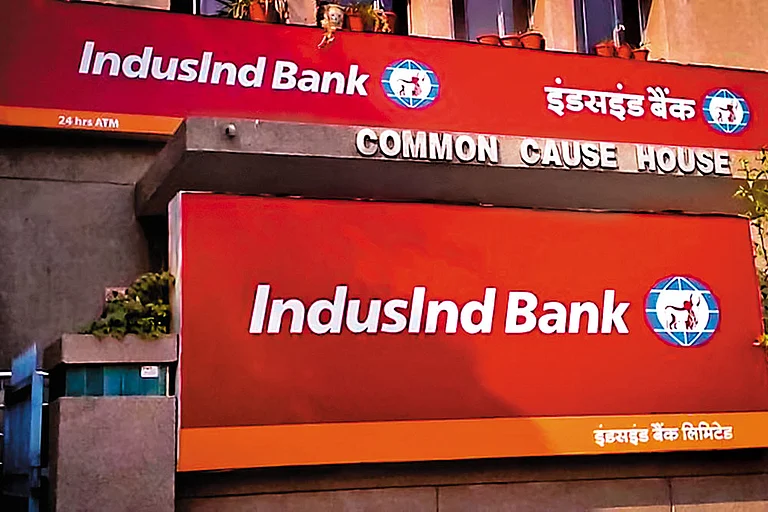Passive Investing is an investing strategy that seeks to mirror the portfolio and therefore the returns of an index. A passive investment portfolio comprises stocks held in the same proportion as they are in the index that is being tracked. Since there is no human element involved, technology plays a vital role in passive fund management. Index Funds and Exchange Traded Funds are the two passive investment options available to retail investors.
In contrast, active investing involves active stock selection and the objective of active investing is to outperform the market or the index. In India, Active funds have to track a pre-identified benchmark, usually, an index and their holdings comprise a subset of the stocks in this benchmark index. The portfolio manager’s investment philosophy and expertise become crucial to stock selection and impact an active funds’ ability to deliver outperformance. However, Active funds often find it difficult to beat the market and it is undoubtedly hard for an active fund manager to maintain an analytical edge over other fund managers. Active funds require research analysts to provide research and insights; and skilled fund managers for stock selection. These costs also create an additional hurdle as the fund management team must outperform the market after their costs. These issues can often translate into Active funds underperformance versus their benchmark.
The SPIVA India Scorecard published by S&P Dow Jones Indices compares the performance of actively managed Indian mutual funds with their respective benchmark indices over different investment horizons. From their last published report for the period ending Dec-19, 40 per cent of Equity Large Cap funds underperformed their benchmark, the S&P BSE 100 that delivered 10.92 per cent returns. 84 per cent, 82 per cent, 65 per cent of these funds underperformed the benchmark over 3, 5 and 10 year horizons.
The underperformance of actively managed funds versus the benchmark was similar across different segments with majority active funds underperforming the benchmark except for the Indian Equity Mid or Small-Cap category where 28 per cent, 37 per cent, 41 per cent and 45 per cent of funds in this category underperformed the benchmark S&P BSE 400 Mid and Small Cap Index over 1,3,5 and 10 year horizons respectively.
Percentage of Funds Outperformed by the Index

Source: SPIVA India Scorecard –Year-End 2019
Index funds, on the other hand, generate returns that are close to the benchmark. Since there is no team needed for research, index funds will also be meaningfully cheaper than their active counterparts.
Simplicity: Index funds are easy to understand for investors as they can be directly compared with the benchmark returns.
Transparency: Index fund portfolios, whether it is the Nifty 50, the Junior Nifty, are predefined and investors always know the stocks and proportion in which their money gets invested.
Lower Cost: The TER (Total Expense Ratio) of Active funds ranges from 1 per cent to 2.5 per cent, while Index funds charge as low as 0.10 per cent. This cost difference compounds over time and reduces the net return to the investor.
Lower Risk: Index funds eliminate fund manager risk since there is no active portfolio selection. In Active funds, fund managers attempt to outperform the market by using their expertise in-stock selection.
Diversification: Index funds are better diversified as compared to their active fund counterparts and will generally exhibit less volatility.
The author is the Co-Founder and COO of Kuvera.in.



























